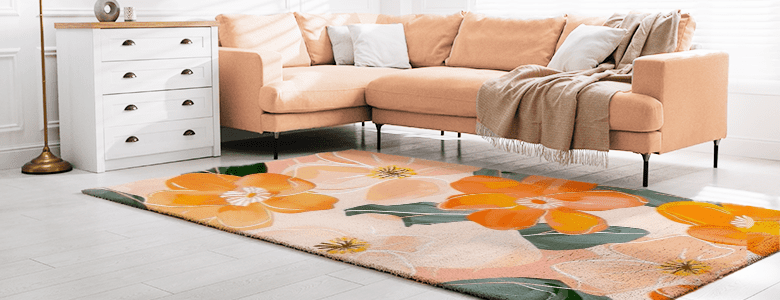Artists often spend considerable time and effort creating a masterpiece and so it is essential to showcase their work with precision and care. The right frame can ensure that your artwork is presented in the best possible light. From the consideration of materials to colors and proportions, every decision contributes to how your presentation appears.
A custom canvas frame not only makes your artwork catchy to the eyes but also provides it with the necessary protection. We’ve got some of the expert tips for you, so you know how to pick a canvas frame like a pro:
Understanding Canvas Frame Types
Before delving into the selection process, it is important for you to understand the different types of canvas frames available. The two primary options are as follows:
- Stretcher Bars
Stretcher bars are wooden frames that provide a traditional and classic framing option for canvas art. These canvas art frames are typically made of wood and come in various thicknesses. The wooden framework is visible on the edges of the canvas, which complements the artwork and adds a defined, structured look to it. These are the perfect frames for canvas paintings due to their versatility and can be used with different styles of moldings and finishes.
- Gallery Wraps
Gallery wraps offer a more modern and contemporary presentation. These canvas picture frames are stretched and wrapped around the sides of the stretcher bars, which eliminates the need for an external frame. These can be particularly effective for pieces where the edges of the image are crucial to the overall composition. These are ideal to be used as canvas photo frames. Gallery wraps provide a clean, seamless look that can be well-suited for modern or minimalist settings.
Consider the Style of Your Artwork
When you go searching for the best frames for your art print, always bear in mind the style of your artwork. Traditional paintings often feature detailed and intricate artwork. To complement this style, ornate and antique-style frames with elaborate carvings, gold or silver leaf finishes, or other decorative elements are commonly chosen.
Modern and abstract artworks often have bold, clean lines and a contemporary feel. In such cases, sleek and minimalist frames are preferred. These custom canvas frames typically have simple designs, clean edges, and neutral colors to avoid detracting attention from the artwork. Frames with neutral finishes, such as black, white, or metallic tones, are commonly chosen for modern and abstract pieces, which allows the focus to remain on the artwork itself, emphasizing its inherent style and uniqueness.
Consider the Material
Canvas frames come in various materials, including wood, metal, and many synthetic options. Wooden frames, such as oak or pine, offer a classic and warm look, while metal frames provide a contemporary and sleek appearance. Consider the weight, durability, and compatibility of the frame material with your artwork when making a choice.
Also, consider the environmental conditions where the artwork will be displayed. For instance, in spaces with high humidity, certain wood types may be more prone to warping, making metal or synthetic frames a practical choice for maintaining the longevity of your artwork.
Look for Appropriate Size and Proportion

The size and proportion of the canvas frame plays a pivotal role in the visual impact of your artwork. A well-proportioned frame enhances the overall balance and harmony of the piece. Consider the dimensions of your artwork and choose a frame that complements its size without overwhelming or underwhelming it. A large art frame for a smaller piece may overwhelm it, while a small canvas frame for a larger artwork might not provide enough visual weight.
Choose The Right Color
The color of the canvas frame should align with the colors presented in your artwork. A well-chosen frame color can enhance the vibrancy of the painting and provide a subtle, complementary backdrop. You need to pay attention to the dominant colors in your artwork and select a frame that either matches or complements them.
Always Invest in High-Quality Frames
If you want your artwork to not just appear attractive but also stay protected for years to come, you need to invest in a high-quality canvas frame. A well-constructed frame adds strength to your overall wall art and extends its life by providing proper support and protection against environmental factors. Also, check the corners, joints, and inspect the overall craftsmanship before making a purchase.
Opt for Matting and Mounting for Framed Canvas
If you opt for a framed canvas, consider the use of matting and mounting. Matting involves placing a border (mat) around the artwork, creating a gap between the artwork and the frame’s glass or acrylic. Whereas mounting involves attaching the canvas to a supportive backing within the frame. Both contribute to the overall presentation of your artwork and preserve it from getting damaged.
Conclusion
Choosing the best canvas frames for gallery wall involves a thoughtful and informed decision-making process. Just ensure that your frame acts as a complement to your artwork, not overshadowing or distracting from its visual impact. Your frame should strike a balance between enhancing the piece and allowing the viewer’s attention to be drawn to the artwork itself. By paying attention to these little details, you’ll be able to find the best frame for your artwork and create a lasting impression on viewers.




No Comments